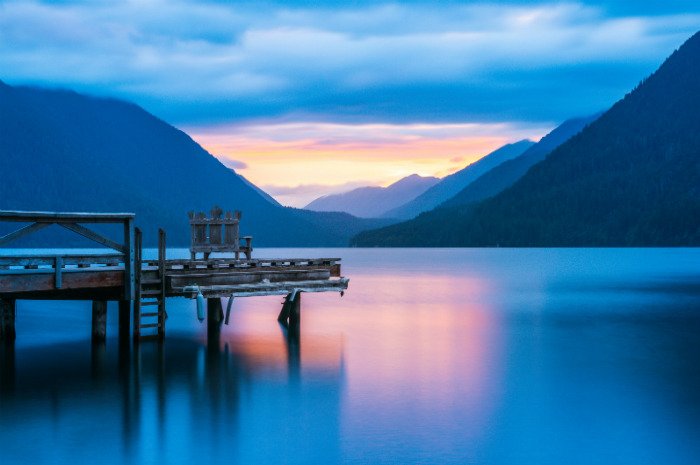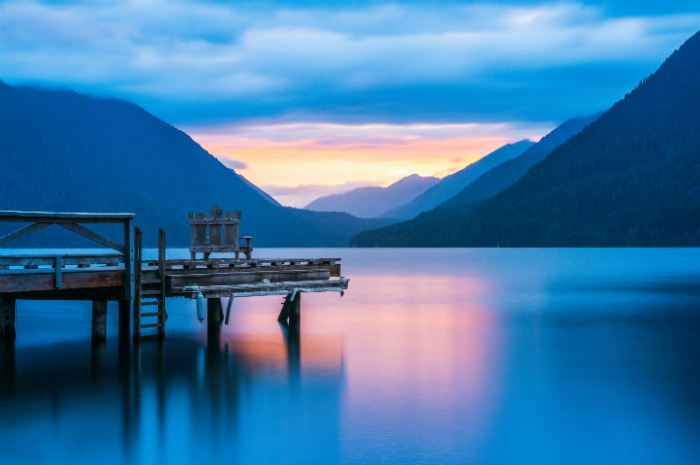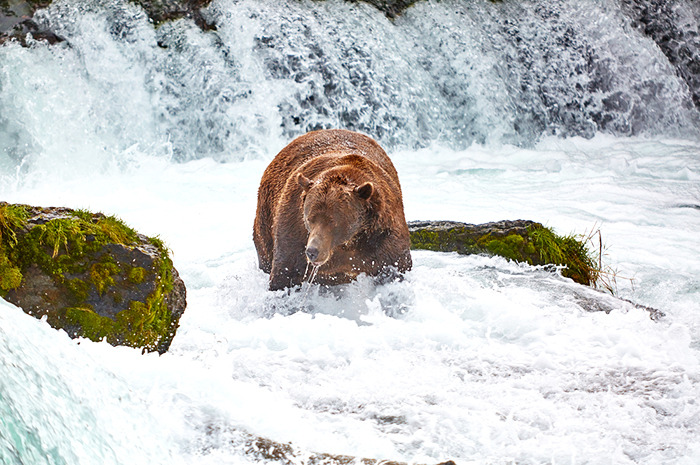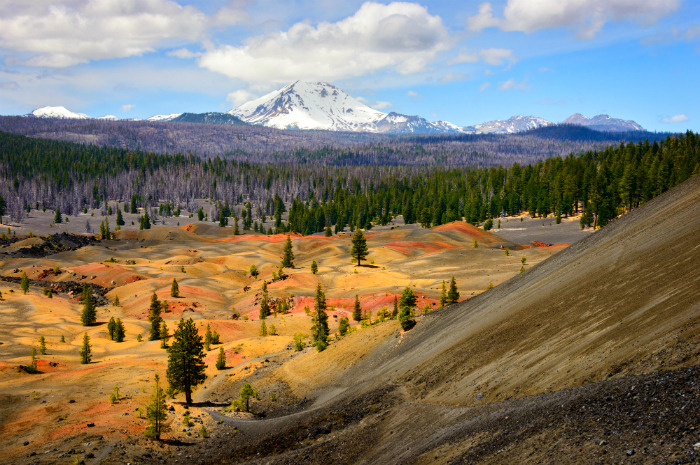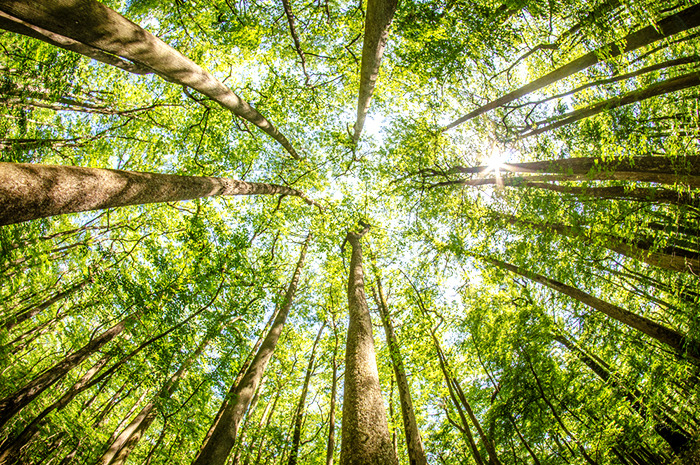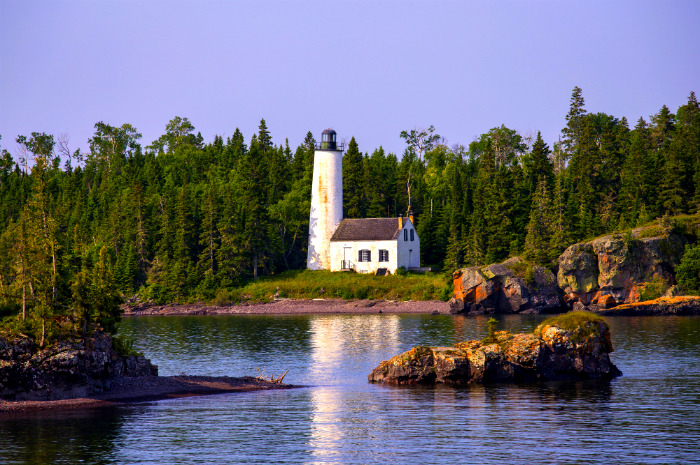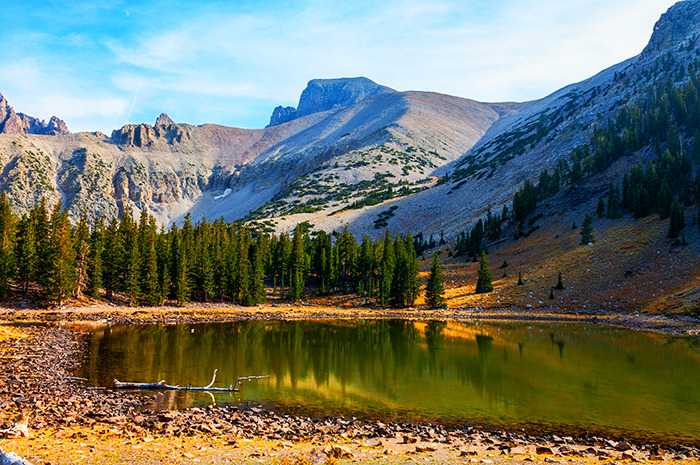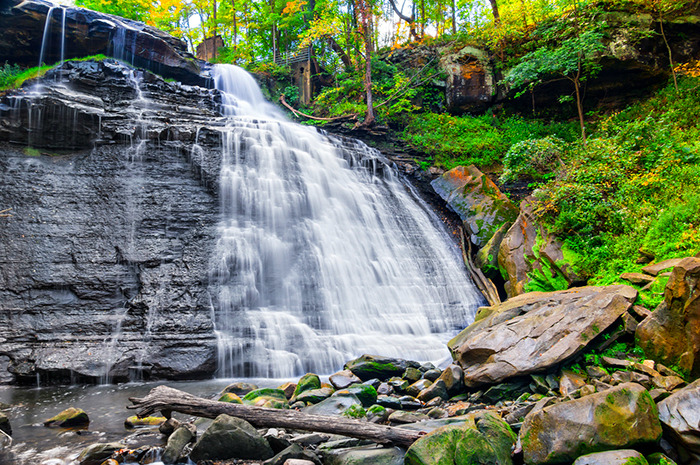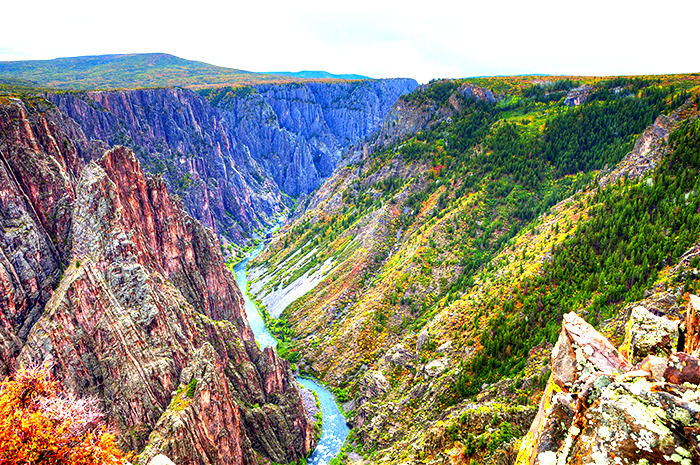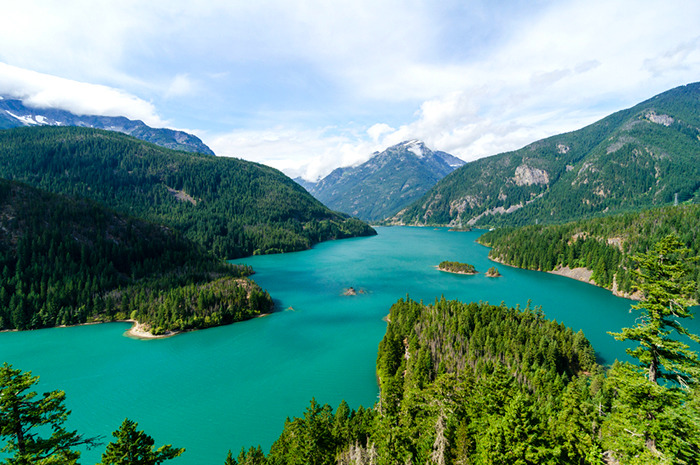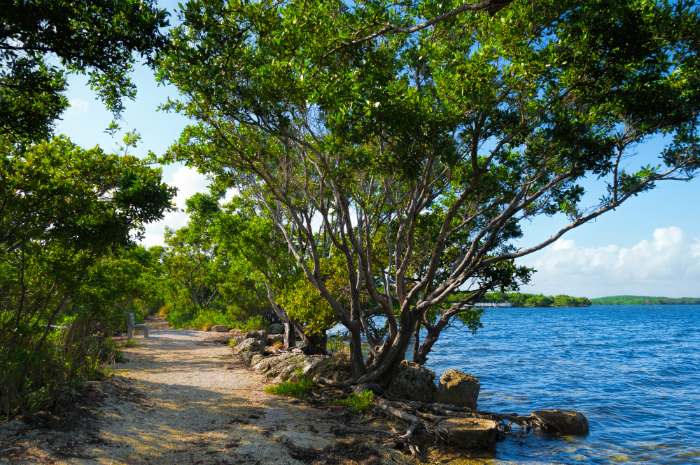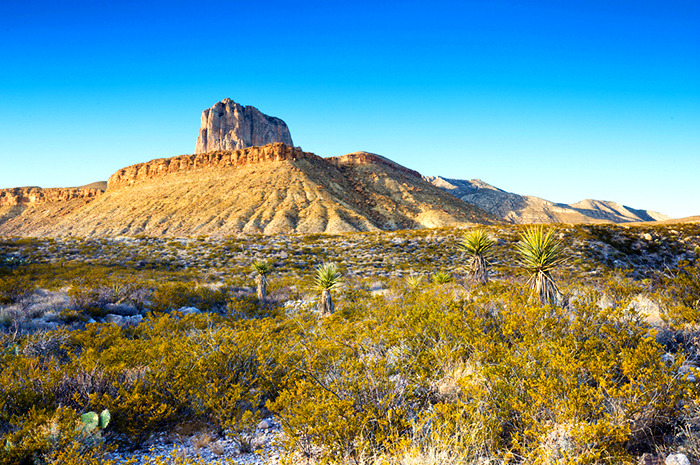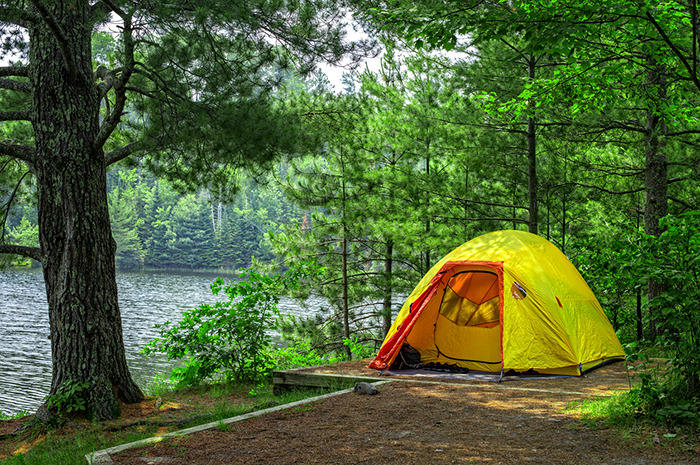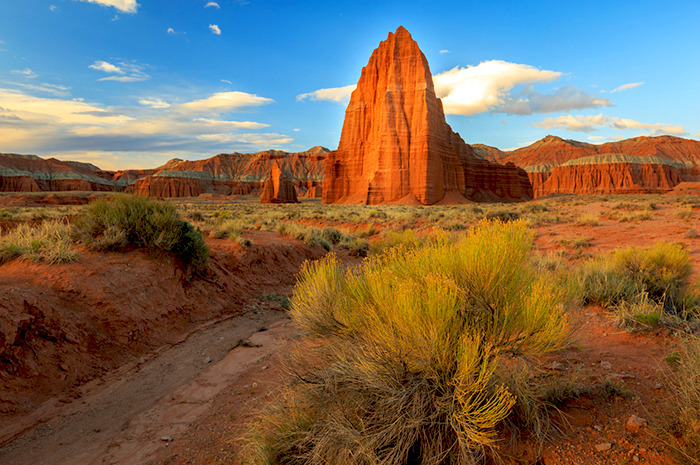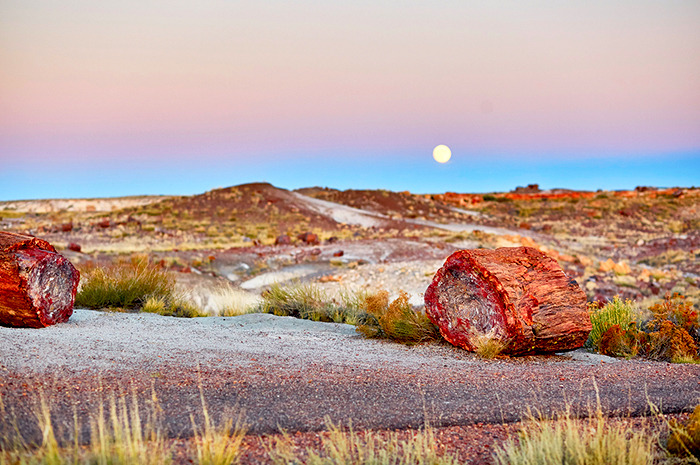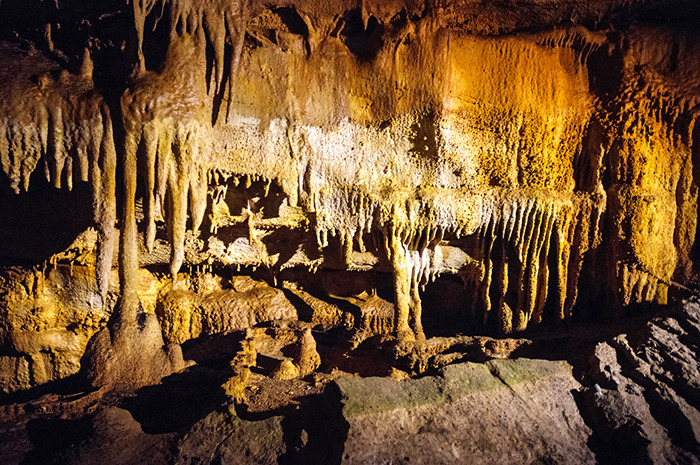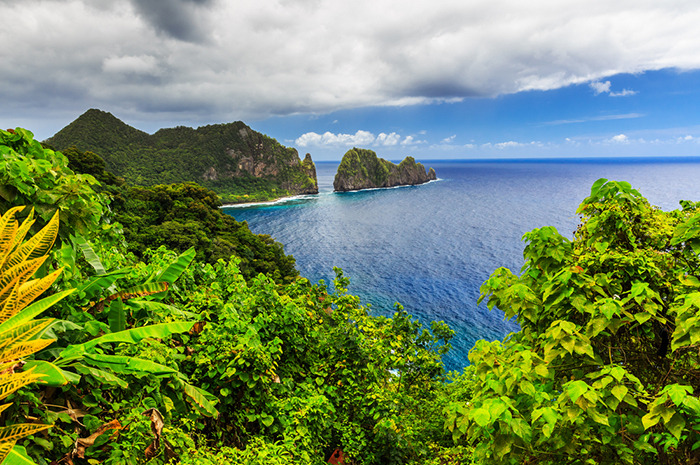U.S. National Parks You Didn't Know You Needed To See
U.S. National Parks You Didn’t Know You Needed To See
National Parks have become a popular escape. They bring a unique variety of gorgeous landscapes, various wildlife, adventure sports, and incredible scenery. No doubt you've heard of the Great Smoky Mountains, the Grand Canyon and Yosemite. They were among the most visited national parks in 2015. But how many other of the 59 such designated areas have you been to? You're missing out on "America's best idea."
Katmai National Park and Preservation, Alaska
Did you know that Katmai is home to the world's largest protected population of brown bears? Most people head to Denali for amazing wildlife and rugged wilderness. Escape the crowds at Katmai. The massive predators are spread out along the coastal areas most of the year. The most popular destination is definitely the Brooks Camp: It offers bear viewing, sport fishing, scenery, and rich history. Katmai is a remote fly-in-only park. It remains an active volcanic landscape and is wide open for exploration.
Lassen Volcanic National Park, California
Lassen National Park is one of few locations on Earth where you can see all four types of volcanoes – plug dome, shield, cinder and cone. While Lassen Peak is the most famous, as well as the dominant feature in the park, there are numerous other (literal) hotspots to explore including mud pots, stinking fumaroles and hot springs. The park is also known for its nighttime activities in summer. Rangers lead starry night programs, and the Lassen Dark Sky Festival happens at the end of the season (Aug. 11-13).
Congaree National Park, South Carolina
Motorized transport is prohibited in the Congaree wilderness, which is known for its giant hardwoods and towering pines. You have to travel into the swamplands by foot or canoe, which only makes your experience more exciting. But this is not suitable for everyone which is perhaps why the park has had fewer visitors. Waters from the Congaree and Wateree Rivers sweep through a floodplain, creating wetlands, oxbow lakes and sloughs. The 22,200-acre park protects the largest contiguous tract of old-growth bottomland hardwood forest remaining in the U.S.
Isle Royale National Park, Michigan
This was the least crowded national park in the country in 2015, with just 18,684 visitors. The lesser-known national park is a secret gem for kayaking. It has many lakes, bays, and islands waiting to be explored. Isle Royale is the largest island in the largest fresh water lake in the world. The park is a rugged, isolated island, far from the sights and sounds of civilization, which is something many people prefer. You can even go scuba diving and explore the world's most intact collection of shipwrecks.
Great Basin National Park, Nevada
In the shadow of 13,063-foot Wheeler Peak, 5,000 year old bristlecone pine trees grow on rocky glacial moraines. People go to Great Basin for the solitude of the desert, the smell of sagebrush after a thunderstorm, the darkest of night skies, and the beauty of Lehman Caves. Far from a wasteland, the park is a diverse region that awaits your discovery. Great Basin is also is known for its easy access to excellent stargazing opportunities. Areas of high elevation and low light pollution make it one of the best spots to stare at the stars in the entire U.S.
Cuyahoga National Park, Ohio
This is one of the best national parks for biking. The Cuyahoga Valley has four major bicycle trails. Ride along the Ohio & Erie Canal Towpath Trail and Cleveland Metroparks' Bike & Hike Trail, which have a lot of historical landmarks. The park has 95 miles of paths, both single-track and multi-use trails. The park is perhaps the most underrated when it comes to fall foliage. Take the park's scenic railroad or hike more than 120 miles of well-maintained trails. Visit in late October, not just to see the leaves, but to catch a glimpse of one of the many waterfalls, historic canals or eagles, as they nest in the park.
Black Canyon of the Gunnison National Park, Colorado
While millions of people visit the Grand Canyon, you should ditch the crowd and take in the indescribable rugged beauty of the Black Canyon of the Gunnison National Park. The 2,000-foot-deep canyon sees a mere fraction of the foot traffic that clogs other parks, and extreme outdoor adventure is just waiting. Intense rock climbing, extraordinary canyoneering and whitewater paddling are just a small sampling of the many things that will get your heart pumping. The park is open year-round. Black Canyon has some of the steepest cliffs, oldest rock, and craggiest spires in North America.
North Cascades National Park, Washington
The park is just about three hours from Seattle. You can find everything there – jagged peaks, abundant forest, alpine lakes, cascading waterfalls, and more than 300 glaciers. Whether you prefer backpacking trips or camping, climbing and fishing, this national park will accommodate you. The unique wilderness is worth the trip. The North Cascades is not among the most visited parks, which makes it more appealing to many avid travelers.
Biscayne National Park, Florida
Skip the popular Everglades and enjoy serenity at Biscayne National Park. Among other things, you'll find stunning beaches there. It's no surprise that a park within sight of downtown Miami would have incredible shores; it still gives the illusion that you're worlds away. The park, made up mostly of water, also features coral reefs and mangrove-covered coast, and it's the perfect spot for both outdoor adventurers and those looking to get away. Rich with wildlife, Biscayne offers plenty of opportunities for visitors to get out in the water or camp overnight.
Guadalupe Mountains National Park, Texas
The highest point in Texas at 8,749 feet, Guadalupe Peak was not only once underwater – it was part of an elaborate coral reef. That reef is now well-preserved and on display in the limestone rocks of the park. Hike some of the 80 miles of trails for a close look at the underwater fossils that help make this park one-of-a-kind. Rising from the desert, this mountain mass contains portions of the world's most extensive and significant Permian limestone fossil reef.
Voyageurs National Park, Minnesota
Even though the park is not the most famous place for camping because most campsites are quite remote (you will actually need a boat to reach them), it is a great place for an outdoor overnight adventure. So if you're looking for peace of mind, isolated camping and a copious number of water activities, consider this park. If you don't have your own vessel, go on a guided boat tour to see the natural beauty of the park. The topography of the park is rugged and varied; rolling hills are interspersed between bogs, beaver ponds, swamps, islands, countless small lakes and four large lakes.
Capitol Reef National Park, Utah
Capitol Reef National Park is famous for its adrenaline pumping adventures. Embark on the various hiking trails, go camping, bike riding, participate in their ranger-led programs and even try backcountry horseback riding. The Utah park is little-known, especially compared to its neighbors Zion and Bryce Canyon, but it actually offers more variety of rock formations than any other national park on the Colorado Plateau. Capitol Reef is also characterized by cliffs, canyons, and a 100-mile-long bulge in the earth's crust called the Waterpocket Fold.
Petrified Forest National Park, Arizona
The park is home to multi-hued badlands of the Painted Desert, historic structures, archeological sites, native grassland, and displays of over 200-million-year-old fossils. This national park is known for its large deposits of petrified wood found over approximately 146 square miles. The colors of these fossils depend on the elements in the water or mud during the petrification process. For instance, the presence of manganese can create pink or orange hues, while cobalt will result in greens or blues.
Mammoth Cave National Park, Kentucky
Mammoth Cave National Park in central Kentucky is a jaw-dropping family experience. Home to the longest known cave system in the world, this World Heritage Site will have you going back every chance you get. You'll have to crawl on your hands and knees to see certain places. Mammoth Cave consists of 390 miles of passageway. With three campgrounds, backcountry, and the Green River, the park offers a grand Great American adventure.
National Park of American Samoa
This adventure destination doesn't require a passport for American citizens. The park is one of the most remote national parks in the U.S. and is absolutely stunning. This remote paradise has some of the most spectacular tropical scenery you'll ever see – steep, pointed, forested peaks and tall sea cliffs towering above perfect beaches and pristine coral reefs. Visit the Rose Atoll as well. It is an uninhabited wildlife heaven that has the largest populations of giant clams, nesting seabirds and rare reef fish.
